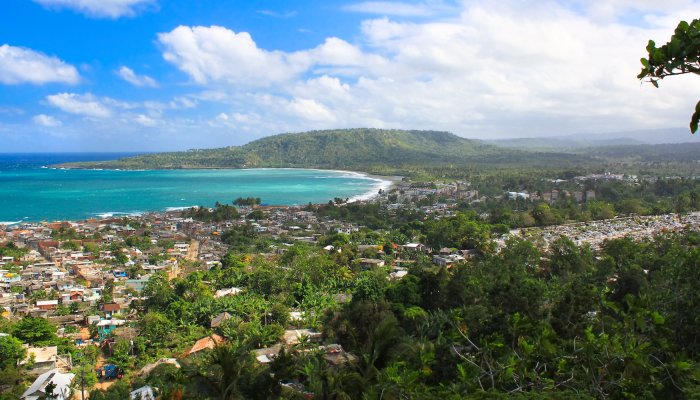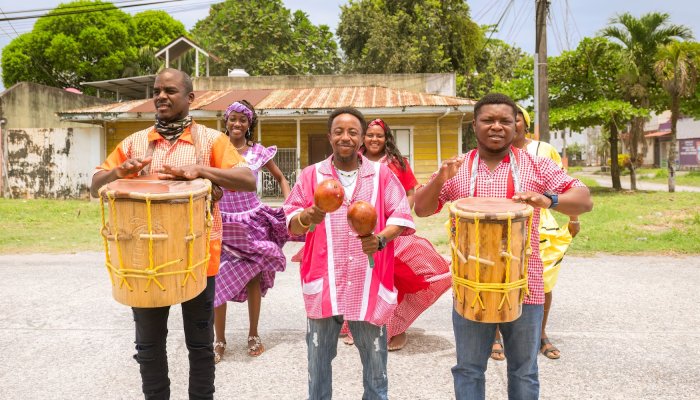Eastern Cuba - Full of Surprises
Every country has ‘must-see” destinations such as Paris in France; Rome in Italy; or New York in the U.S. The must-see city in Cuba, is Havana. Filled with fabulous architecture, old-world charm, dozens of museums, a thriving culinary scene and complex history, Havana should be on your dream destination list.
However, if you’re a traveler who seeks the path less traveled, eastern Cuba is magical and I want to tell you what it’s like and some of the highlights. While it is clearly one of the most beautiful areas of Cuba, I would guess that for every 100 travelers that go to Havana, only one goes to the east of Cuba.
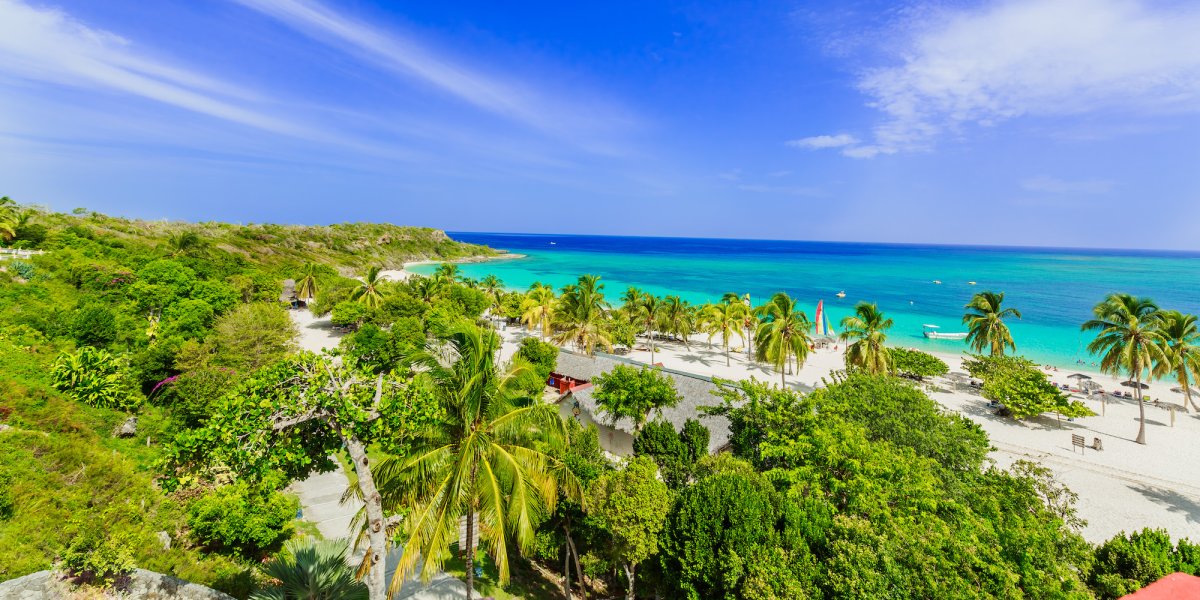
Thus you might ask: Is eastern Cuba worth visiting? Absolutely! If you’re like me and want to get beyond the glamour of the big city and legendary destinations, then eastern Cuba should be on your radar! Known as “el oriente” the east of Cuba is mountainous, forested, full of rivers and canyons and as a bonus, has miles and miles of spectacular beaches. This makes it an ideal destination for hiking, birdwatching, sea kayaking and cultural learning. It has rich cultural treasures including Santiago de Cuba, which is Cuba’s second-largest city and considered the capital of son and much of Cuba’s traditional music. And Cuba’s fourth largest city, Holguin, is also charming and historic. With daily flights from Miami to Holguin, eastern Cuba is easy to reach.
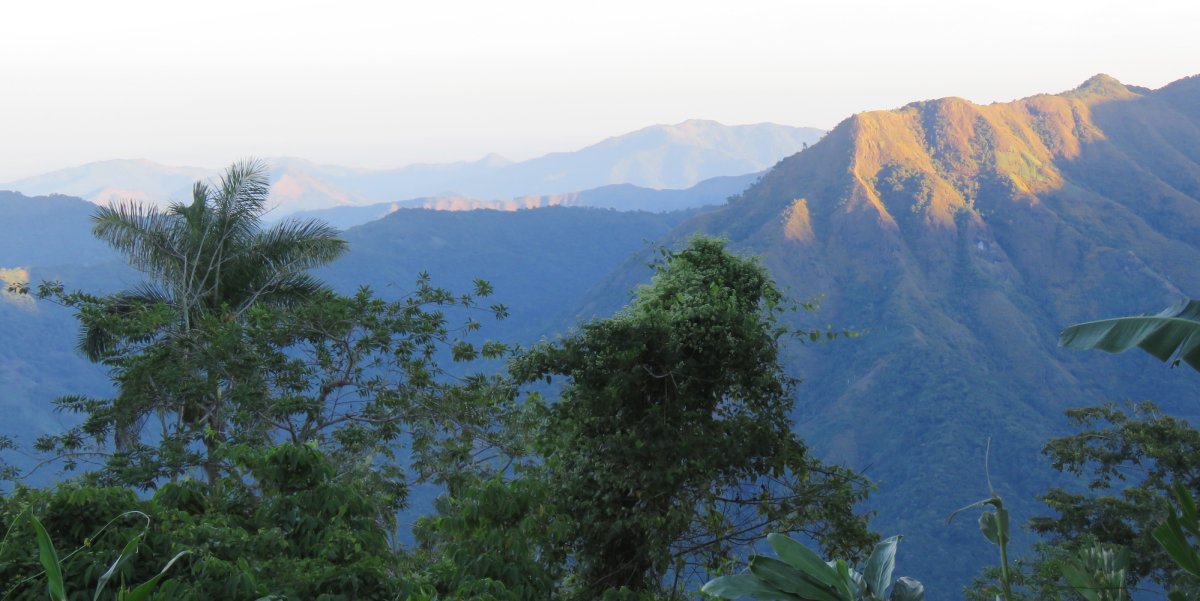
Cuba has an astounding number of National Parks and protected areas, and some of the most dramatic of these are in the east. The Sierra Maestra mountain range is home to Cuba’s highest mountain peak, Pico Turquino. On our Pico Turquino Trekking Adventure trip you can hike to the summit from the north and then descend to the Caribbean some 6476’ (1974 m) below. It’s not a technical climb, as there is a path along the entire route, but it is very physically challenging.
Whether you climb Pico Turquino or not, the National Park that surrounds it is worth exploring. You can visit the Comandancia de la Plata where Fidel Castro and the revolutionaries hid in the months prior to the final days of the revolution. There are hiking trails, creeks and rivers and excellent birdwatching. The gateway city to this area is Bayamo, just under two hours south of Holguin. It has a small historic center and makes for a lovely stop on your way to the mountains.
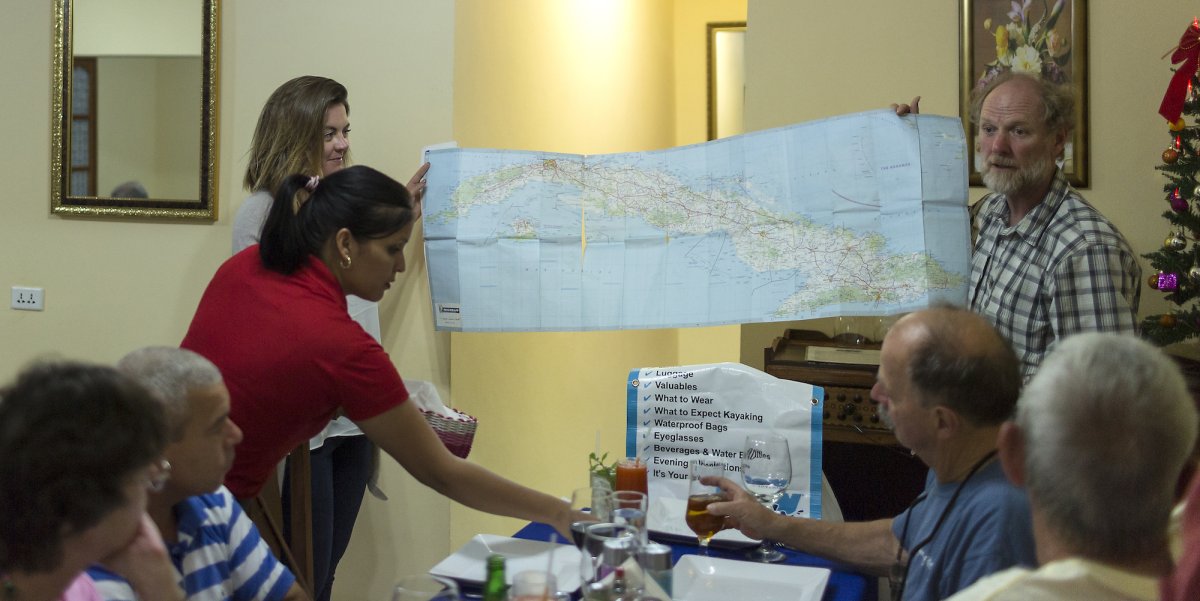
The topography of the east lends itself to making circular tours following the coastal road. One of my favorite routes is to travel in a loop from Holguin along the north coast to the far eastern bastion of Baracoa and then south and west to Guantanamo, Santiago and finally back to Holguin.
Cuba Unbound has a number of itineraries that feature the east of Cuba and some can be joined together for a longer, more immersive stay. Let’s take a look at a few of the highlights.
Holguin, the starting point for trips to the east, is known as the City of Parks and was founded in 1752. It has a tranquil city center and is the perfect city to explore on foot. There are several very good restaurants, a few nice hotels and plenty of Casas Particulares, or Bed & Breakfasts. Since there are daily flights to Holguin from the U.S. and other countries, it’s the main gateway to eastern Cuba.
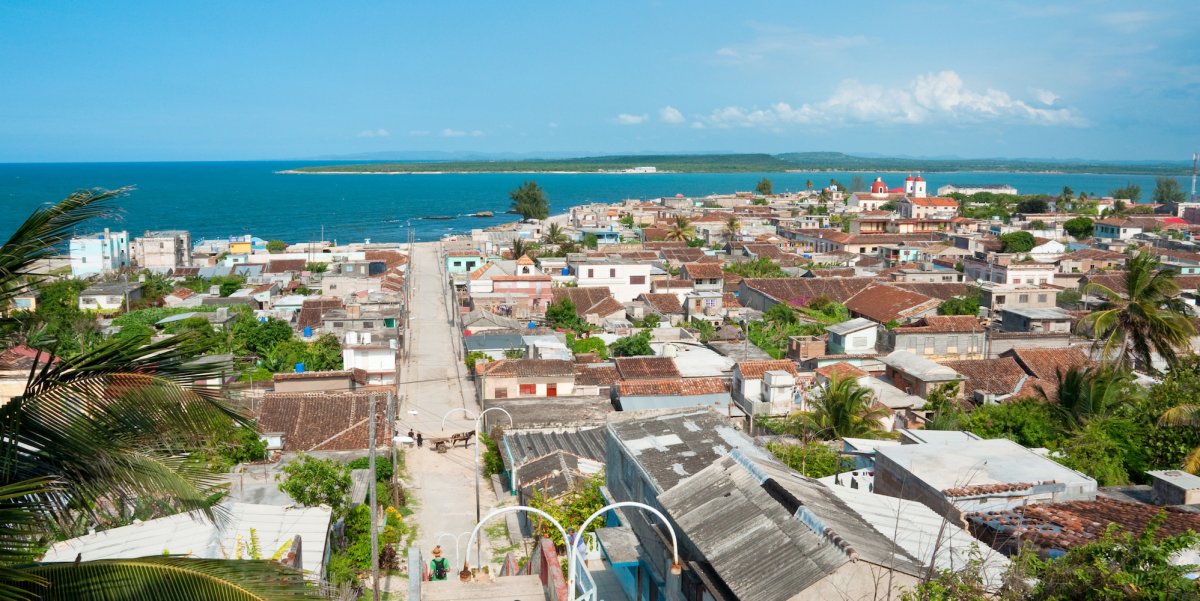
On the Atlantic coast just an hour north of Holguin is the town of Gibara which is featured on our eastern Cuba kayaking trip. Not far from here is where Christopher Columbus touched ground in 1492, thinking he had found India and Asia. He wrote in his diary that "This is the most beautiful land ever seen by human eyes." Founded in 1817, Gibara abounds with beautiful colonial architecture and a peaceful, breezy setting on the sea. Each year Gibara hosts an international film festival of great acclaim. Its central church has some colorful murals and the Museum of National History is a walk back in time. A couple of cigar factories contribute to the local economy as does a boatyard and fishing. The local caving club leads tours into an enchanting underground world at the Caverna de los Panaderos where 19 mineral galleries glisten. Accommodation options are excellent as there are three charming boutique hotels and a number of casas particulares. The dining scene is excellent due to the availability of fresh seafood.
To the west of Gibara is the smaller town of Puerto Padre, set on a very protected bay and home to a jazz group known as Porto Sax. They are carrying on the legacy of Enrique Peña Sánchez who was born here in 1880 and became a legendary Cuban composer and orchestra leader. A highlight on our tours that visit Puerto Padre is a private concert from this group.
Returning to Holguin, and then going east, the road goes through several small towns set among rolling hills. We follow the “Ruta de Chan Chan” that is known from Compay Segundo’s canonical song “Chan Chan” and we pass though the names in the song such as Macarné, Cueto, and finally, Mayarí. Mayari is well off the tourist track, but is the gateway to the Parque Nacional la Mensura and the Salto de Guayabo, Cuba’s second-highest waterfall. It’s a steep climb on a dirt road to access the park where the falls is located. The park center has a small restaurant and before or after lunch a one-mile trail leads you to the top of the two falls. There’s a small swimming hole set up for visitors to cool off before the water slips over the edge of the falls and plunges to the bottom of the canyon.
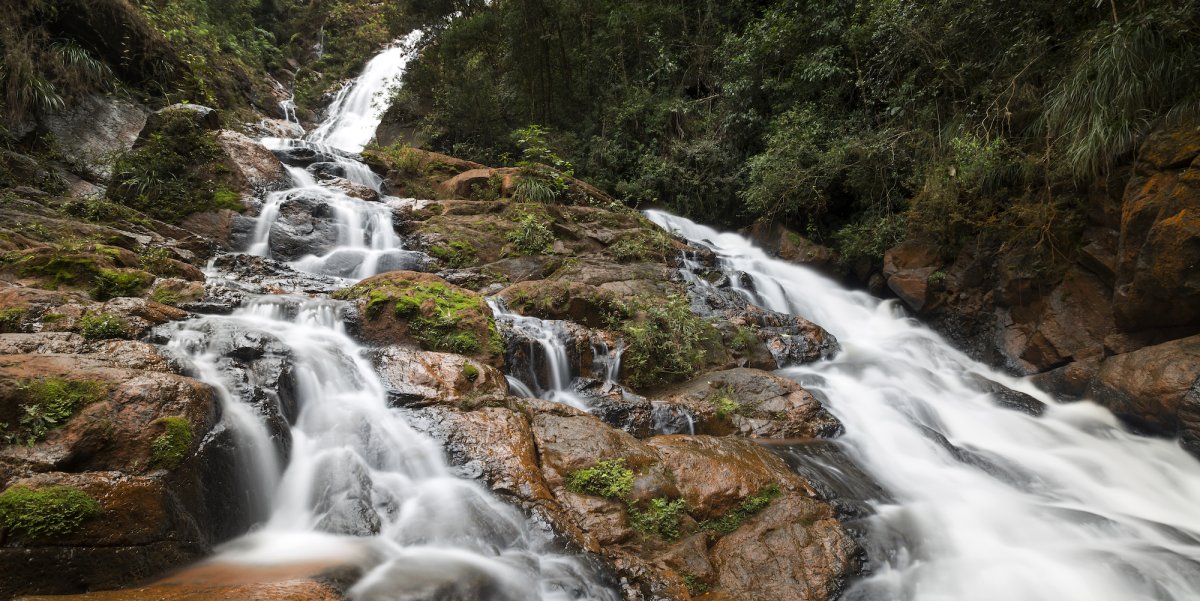
Continuing east, the road passes through the uninspiring town of Moa, where nickel mines propel the economy. Not far beyond Moa is the border of Alexander Von Humboldt National Park. The famous naturalist and author stopped in Cuba twice on his journeys to and from Europe and central and south America. One of Cuba’s largest national parks, it has miles and miles of hiking trails, beautiful rivers and creeks and various endemic species including the world’s smallest frog that is no longer than your thumbnail. It’s worth stopping to hike near Playa Maguana and take a boat ride at Bahia Taco.
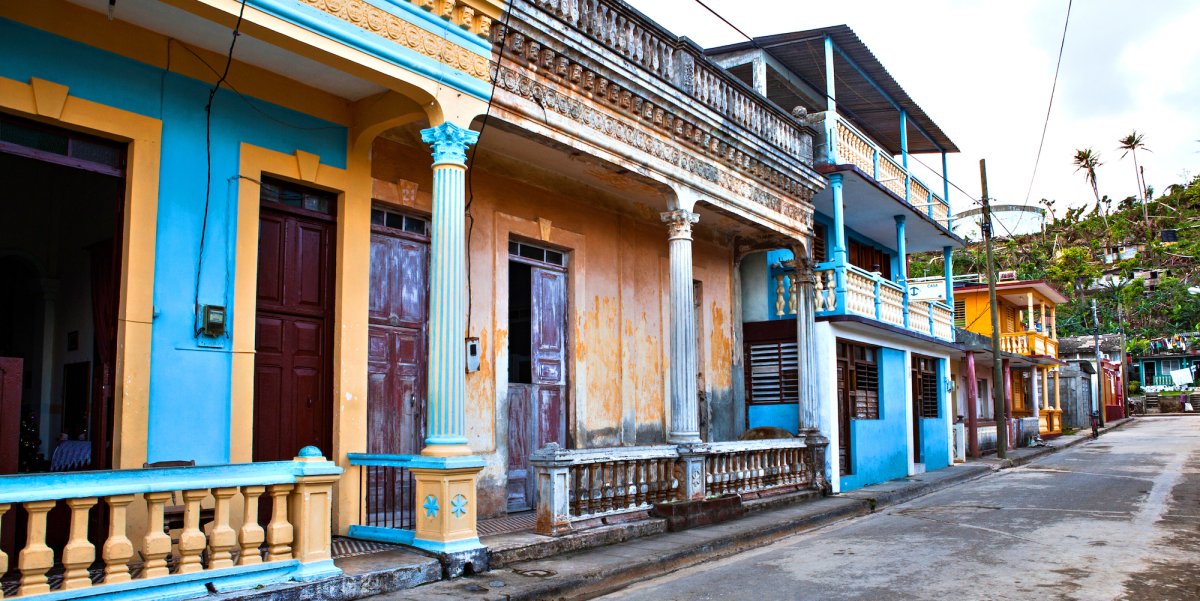
At the far eastern end of Cuba is the town of Baracoa. It was the first town that the Spaniards founded in Cuba in 1511 and was chosen because of its small protected harbor. Baracoa makes the perfect base for a few days of exploration including the spectacular Yumuri River Canyon. Just an hour to the southeast, this dramatic canyon has a river where you take a short row boat ride beneath towering cliffs and are dropped off on a trail so that you can hike along the river. A highlight is seeing the polimitas snail, a colorful, now-threatened species of snails with shells of many colors. Birdwatching in this area is also productive.
After visiting Baracoa, you continue to the south on La Farola. The 40-mile (60 km) section between Baracoa and Cajobabo is considered the most scenic drive in all of Cuba. The road was finished in 1965 and until that time, the only way to access Baracoa was by sea. The road passes through the Cuchillas de Baracoa mountains, covered in thick forests. These mountains capture all the rain and so, this same road soon enters one of the driest places in all of Cuba, crossing until you reach Guantanamo.
Located fairly close the U.S. military base of the same name, the city is worth a short visit. There is a very special dance group here that performs the Tumba Francesa, a rhythmic pulsing dance with colorful costumes and strong drumbeats.
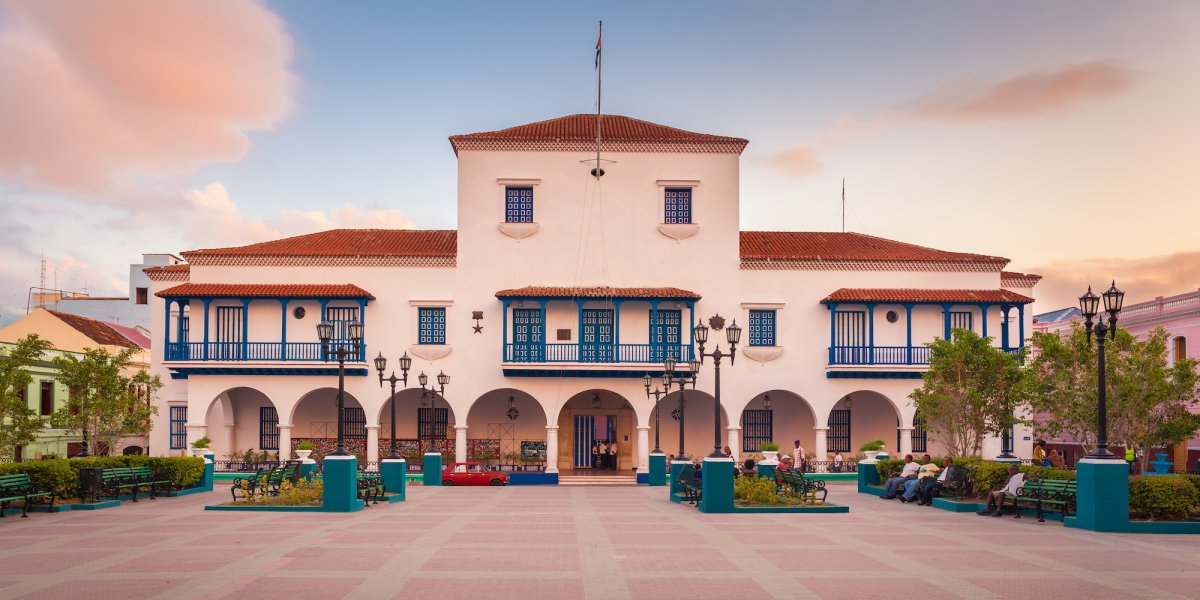
From Guantanamo a few more hours take you to Santiago de Cuba, the heart of son – Cuba’s dance-inspiring music that is considered at the root of most other Cuban music. Steeped in Afro-Caribbean history and culture, Santiago is closer to Haiti and the Dominican Republic than it is to Havana. Founded in 1514 the bay has a narrow entrance framed by high cliffs and the impressive Morro Castle. The city is built on hills and invites hours of exploration on foot. Santiago de Cuba was a focal point of the Cuban-Spanish-American War, and Teddy Roosevelt and his Rough Rider’s famous role on July 1, 1898 took place at San Juan Hill which today is commemorated with a park and statues.
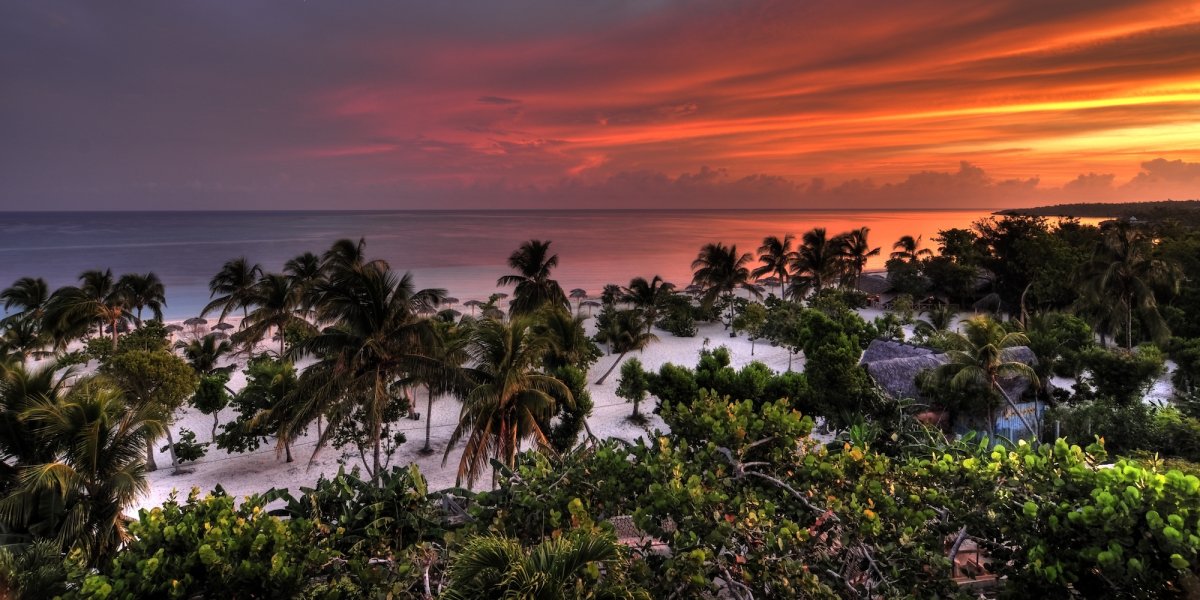
From Santiago there are two options for returning to Holguin. The most direct goes north and takes about three hours. This route passes by Biran, the birthplace of Fidel and Raul Castro, and a visit to their family homestead is a worthwhile stop.
The other option is to drive along the remote southern coast on a road with dramatic scenery as the Sierra Maestra rises vertically out of the sea and pierces the turquoise sky. This road takes you through a few small villages. At Pilon the road turns north to Manzanillo and then on to Bayamo. It would take about 2 days to return to Holguin on this route.
Eastern Cuba has plenty of things to do and places to visit. There are many reasons to visit the east of Cuba and we hope we can share some of those with you on one of our many guided tours. Besides your personal motivations to visit Cuba, one of the best reasons is to support the Cuban people. Your visit brings much needed economic aid, as well as hope. Connecting you with local Cubans is at the heart of what we do. We promise you will return home with a better understanding of the country, its history and people. In addition, you will have new friends who will always be delighted to welcome you.


